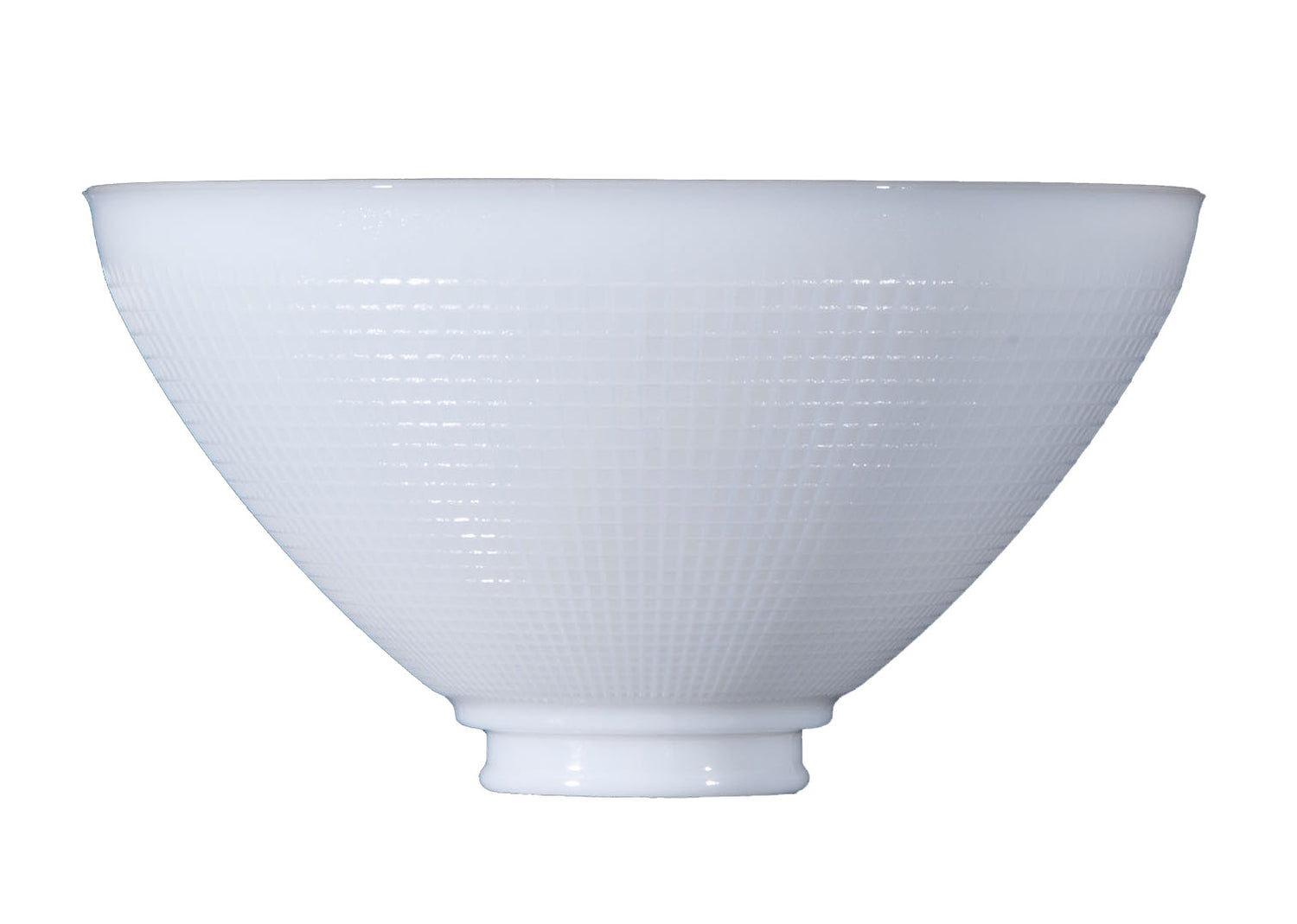Lamp and Ballast Disposal
Today’s lamps are highly efficient, because they use fluorescent lighting. Though physicists have attempted to perfect fluorescent lighting over the centuries, it wasn’t until the turn of the 20th century that the first mercury vapor lamp was invented by Peter Cooper Hewitt. His lamp employed an electric arc through vaporized mercury to produce white light that was more appealing than the blue-green light produced by Nikola Tesla’s precursory induction lamp. More than 30 years later, the modern fluorescent lamp was invented by Richard Thayer and George Inman of General Electric. These co-inventors figured that they could coat the inside of the light bulb with a fluorescent chemical that absorbed UV light and reradiated that absorbed energy as visible light. Now, fluorescent lighting plays a significant role in how we brighten factories, offices, stores, and schools. Fluorescent bulbs consume less energy than incandescent bulbs, and they quickly became the most commonly used source of electrical lighting in America.
However, most people aren’t aware that fluorescent lights contain mercury. Although they contain an ample amount, that mercury must be vaporized to sustain the lamp’s electrical current and generate light. Mercury is never released when a lamp is in use, but it can be released if a fluorescent lamp is broken. There are only four to five milligrams of mercury in every fluorescent lightbulb, so it may not be enough to pose adverse health effects. Nonetheless, a large number of organizations and local governments are cracking down on disposal of hazardous waste.
A lot of people make the mistake of discarding their old, defunct, or broken lightbulbs in the trash with other ordinary household items. Because fluorescent lights contain mercury, it is strongly recommended, if not required, that they are properly disposed of at a toxic waste facility or through a hazardous waste collection program. Improper disposal can lead to adverse environmental effects, mercury exposure, or even poisoning over time. Lamps are not generally a top source of mercury pollution, but the prevalence of improper disposal can be prevented.
In fluorescent lamps, a ballast is used to regulate the current in the electrical circuit so that it offers sufficient voltage. Once a fluorescent lamp is powered on, the ballast rapidly reduces the current to produce just enough electricity to serve as a stable light source. Without a ballast, a 120-volt electrical currently would quickly burn out a fluorescent bulb. Ballast disposal became a concern toward the end of the twentieth century when electronic ballasts replaced magnetic ballasts. Predated ballasts contained what’s known as polychlorinated biphenyls, or carcinogens that can increase rates of melanoma, liver cancer, gallbladder cancer, biliary tract cancer, gastrointestinal tract cancer, and brain cancer. If your lamp starts making a buzzing sound or the bulbs are faulty and flickering, the ballast may need replacing. Ballasts manufactured before 1979 may contain polychlorinated biphenyls. According to regulations in the EPA’s Toxic Control Act, this chlorine compound must be incinerated if the ballast of a lamp is leaking. If the ballast isn’t leaking, the lamp fixture can be recycled at an appropriate facility.
Polychlorinated biphenyls may pose health hazards and can be costly to clean up because they do not break down once they are exposed to the environment or a landfill. According to LampRecycle, it is estimated that businesses already recycle over 30 percent of their waste lamps annually and consumers are embracing lamp recycling as they switch to more efficient lighting technologies. There are even businesses that collect and recycle end-of-life mercury lamps from commercial buildings, which makes it easier than ever to recycle fluorescent lighting in bulk. By recycling your old fluorescent bulbs, you allow glass and other materials to be recycled.
If a fluorescent lamp breaks in your home or office, you should promptly clean it up to avoid spreading broken glass and other debris. Let the room ventilate for five or more minutes. Keep other people and pets out of the room. Wear hand and eye protection, if necessary. Pick up any pieces of glass and place them on a nearby newspaper or piece of paper towel. Place any debris into a plastic bag and seal it promptly. Verify federal, state, and local regulations to ensure compliant disposal. Some localities require fluorescent recycling. If not, you can dispose of the broken lamp with your household trash. There are also a wide variety of waste collection agencies, local retailers, and mail-back services you can contact for additional information. Home Depot, IKEA, Lowes, TrueValue, and many hardware supply stores offer fluorescent recycling services for free or a small fee. If you have any questions about this article or would like to learn more about lamp and ballast disposable, please contact Antique Lamp Supply today.

